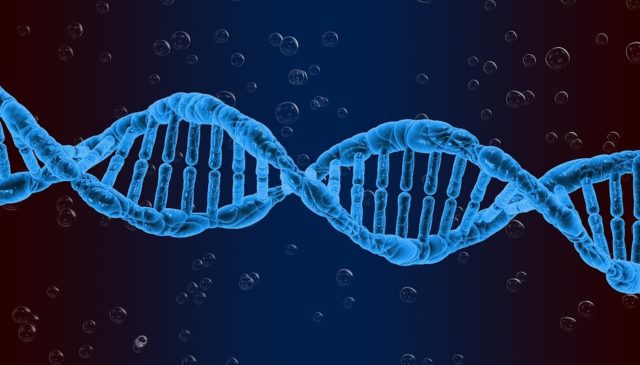
Phytocannabinoid composition in a cannabis cultivar determines most of its benefits. This makes the tetrahydrocannabinol (THC) to cannabidiol (CBD) ratio a matter of great significance for scientists, clinicians, and consumers alike, as these major cannabinoids provide different effects.
Phytocananbinoids do not work in isolation. When they come together in a cultivar, they create an opportunity for ensemble benefits. Thus, phytocannabinoid composition is one of the most important aspects of any cultivar.
A group of researchers from the University of Minnesota recently set out to investigate the role that genetic variation plays in influencing cannabinoid ratios.[1]
Study Overview
The researchers employed a Drug Enforcement Administration (DEA)-approved research protocol to study feral C. sativa that was obtained from the Minnesota River Valley. Minnesota is in fact the first place CBD was isolated from feral hemp, making it an interesting place to study genetic variations.
Authors categorized THC:CBD ratios as THC-type, CBD-type, and intermediate type. In this study, a genetic model was created to examine the relationship between phytocannabinoid ratios with functional and non-functional alleles of the gene cannabidiolic acid synthase gene (CBDAS).
Methods
The researchers analyzed the CBDAS genotypes of over 300 feral cultivars; in addition, 20 “clinical” cultivars from the National Institute on Drug Abuse and 12 Canadian-certified grain cultivars were included to validate the model.
The samples were analyzed and gas chromatography methods were used to measure the levels of phytocannabinoids present, including cannabichromene (CBC), cannabigerol (CBG), CBD, THC, cannabinol (CBN), delta‐8‐THC, and tetrahydrocannabivarin (THCV). Genotypes were used to predict THC:CBD ratios.
Results
The researchers found a direct correlation (predicted with 100% accuracy) between the CBDAS genotypes and the cannabinoid content in the feral cultivars, even though the total phytocannabinoid content varied substantially. Similar results were obtained from the “clinical” and industrial cultivars.[1]
These findings add further evidence that the industry at large should drop the nomenclature differentiating cannabinoids from cannabis vs. hemp or referring to certain cultivars as industrial, clinical, or feral.
This small study indicates that CBDAS genotypes may be used to predict cannabinoid profiles in a cultivar.
Image Credit: Pete Linforth
Image Source: https://pixabay.com/illustrations/dna-genetics-biology-science-3889611/
Reference
- Wenger, Jonathan P. et al. Validating a predictive model of cannabinoid inheritance with feral, clinical, and industrial Cannabis sativa. American Journal of Botany. 2020;107(10): 1423-1432.
